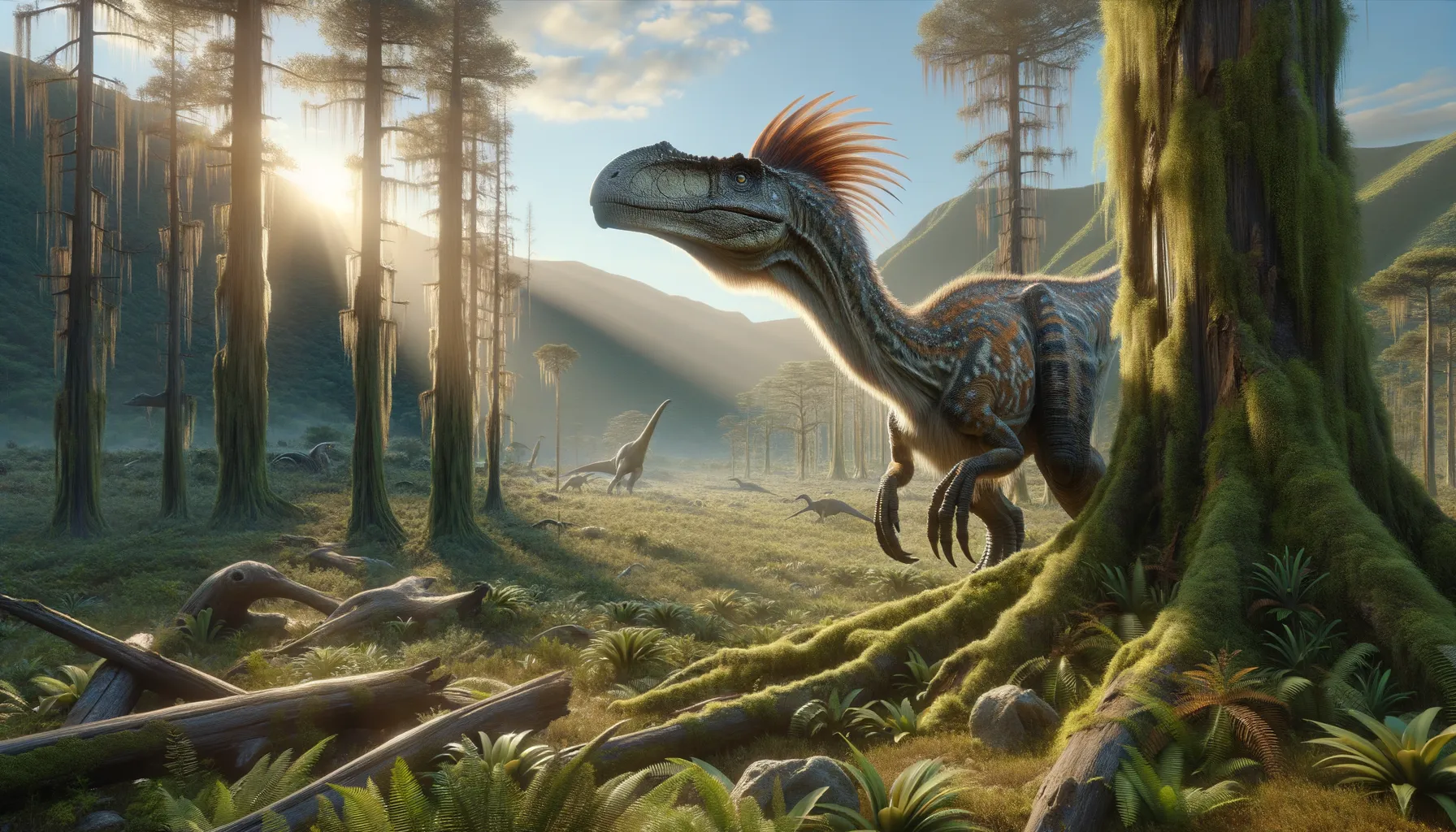
Zapsalis
The Tooth With a Story to Tell!
Period
Cretaceous
Length
Estimated to reach about 4 meters in length.
Height
Approximately 1.5 meters tall at the hip.
Weight
Estimated to be around 200 kilograms.
Zapsalis was a bird-like theropod dinosaur, known primarily from its unique teeth, which suggest a varied diet. Originating from North America during the Late Cretaceous, it shared its environment with a diverse range of species. Though not fully understood due to limited fossil evidence, Zapsalis exemplifies the diverse evolutionary paths taken by theropods on the way to becoming modern birds.
Diet
Zapsalis likely had a carnivorous diet, feeding on small animals and possibly insects. Its teeth suggest it may have scavenged or hunted smaller prey.
Hunting
It possibly used stealth and speed to hunt small prey. Zapsalis may have exhibited opportunistic feeding behaviors similar to modern birds of prey.
Environmental challenges
Living in a diverse ecosystem, Zapsalis faced competition from larger predators. Climate and environmental fluctuations during the Late Cretaceous could have impacted its food sources. Adaptations in feeding and behavior would have been crucial for its survival.
Speed
Likely moderate, as a medium-sized theropod.
Lifespan
Estimated around 15 to 25 years.
First discovery
First discovered in the late 19th century.
Fun Facts
- Zapsalis was a small, meat-eating dinosaur that lived during the late Cretaceous period.
- Its name means 'nail cutter,' referring to its sharp claws.
- Zapsalis was part of the dromaeosaurid family, which also includes the famous Velociraptor.
- Fossils of Zapsalis have been found in North America, particularly in the Dinosaur Park Formation in Alberta, Canada.
- It is known mainly from isolated teeth, which have distinctive serrated edges.
- Zapsalis was likely a swift and agile predator, using its claws to catch prey.
- Due to its teeth and family, some paleontologists think it may have had feathers like modern birds.
Growth and Development
Juvenile Zapsalis likely experienced rapid growth to reach maturity. Like many theropods, growth rates could have been influenced by environmental factors. Developmental stages might have mirrored those of modern avian species, with significant changes as they matured.
Habitat
Zapsalis inhabited floodplain environments, rich in vegetation and small water bodies. These areas provided ample hunting grounds and shelter. The habitat supported a variety of flora and fauna, which offered diverse dietary opportunities.
Interaction with other species
Zapsalis coexisted with several dinosaur species, likely competing for food with similar-sized theropods. It might have formed part of a small ecosystem, interacting through predation or scavenging. These interactions would have played a role in its ecological niche.
Natural lifespan
Zapsalis likely lived around 15 to 25 years in the wild.
Reproduction
Like other theropods, Zapsalis probably laid eggs in nests built on the ground. Parental care might have been present, as seen in some other theropods. Clutch sizes and incubation periods remain speculative due to limited fossil evidence.
Social behaviour
Zapsalis may have exhibited social behaviors similar to other theropods, potentially living or hunting in loose groups. Territoriality could have influenced its interactions with conspecifics. Social structures would likely have been shaped by competition and environmental pressures.
Fossil locations
Fossils are primarily found in North America, particularly in regions known for Late Cretaceous deposits. Teeth have been key to identifying this species, offering insights into its presence and abundance. Such locations highlight the diverse dinosaur fauna of this era.
